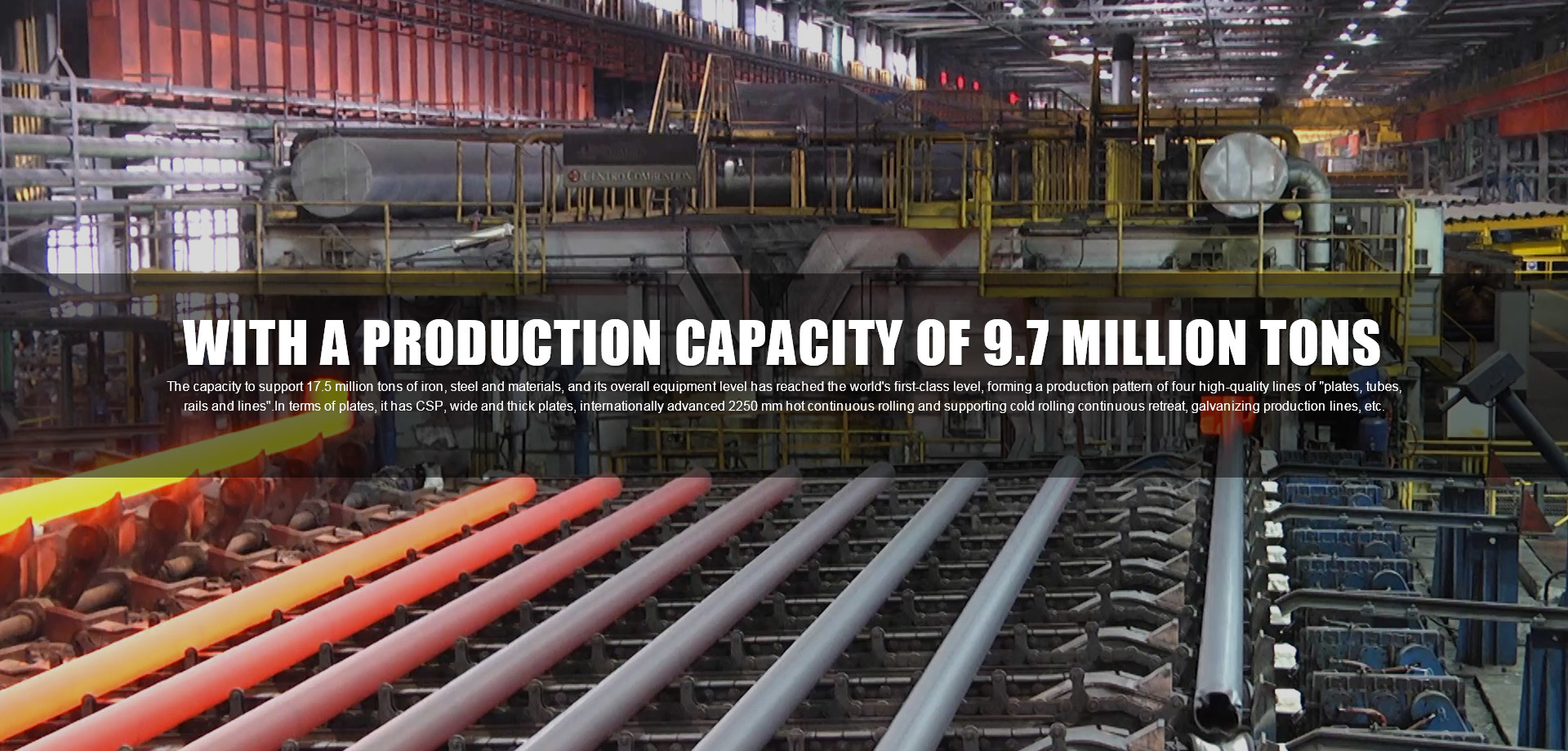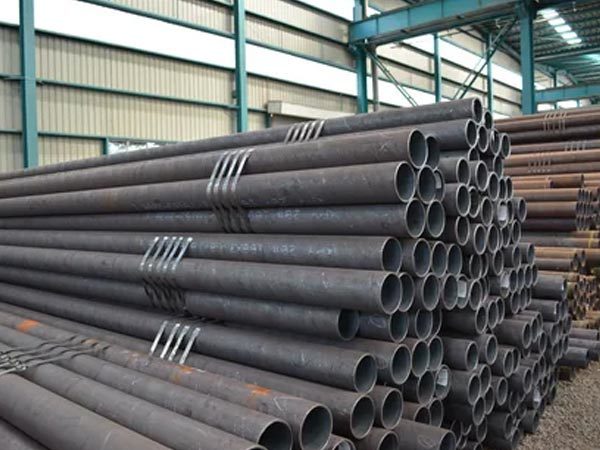WUGANG STEEL GROUP CO.,LTD.
Wugang Steel Group Co.,Ltd. is the first production and scientific research base of wide and heavy steel plate in China.Founded in the year of 1970, Wugang was a military project for national Defense to produce extra heavy alloy steel plate urgently needed by national Defense military industry as a major business, of which the decision was made by the State Council.
View More +Experience
Active Employees
Floor Area
Cooperative Partner
PRODUCT CENTER

The leading products of Wugang Steel Group include: Bars, Plates, Sheets, Wire rods, profiles, hot rolled strips, hot rolled sheets, cold rolled sheets, galvanized sheets, color coated sheets, welded pipes, Seamless Pips, ERW Pipes, Vanadium pentoxide, Vanadium-Nitrogen alloys, vanadium-iron alloys and other series of products, which cover almost all specifications required by the market.
ASTM A588 steel includes Class A, Class B, Class C, and Class K. The ASTM A588 steel specification is based on the standard specification for high-strength low-alloy structural steel with a lower yield point of up to 50ksi for applications requiring high strength and corrosion resistance.
A179 seamless cold drawn low carbon steel pipe is equivalent to China's No. 10 high-quality low-carbon steel. A179 is suitable for cold-drawn high-quality low-carbon seamless steel pipes for heat exchangers and condensers.
A36 is a low-carbon steel containing trace amounts of manganese, phosphorus, sulfur, silicon and other elements such as copper. A36 has good weldability and high yield strength, and is the most specified structural steel plate by engineers. ASTM A36 is most commonly manufactured as a variety of structural steel parts. This grade is used for welded, bolted or riveted construction of bridges and buildings, as well as for general structural purposes. Due to its lowest yield point, A36 can be used to design lighter-weight structures and equipment, and provide good weldability.
The differences between the, B and C designations are complex and related to structural tolerances. For steel mesh products, B500A grade steel is usually used, and for steel bars, B500B grade steel is used. B500C steel is rarely required, and it is always worthwhile for structural engineers to check whether B500B grade steel can be used instead of B500C, because B500C usually has a significant cost overhead.
H-beam is a new type of steel for economic construction. H-beam has economical and reasonable cross-sectional shape, good mechanical properties, uniform extension of each point on the cross-section and small internal stress during rolling. Compared with ordinary I-beam, H-beam has the advantages of large cross-sectional modulus, light weight and metal saving, which can reduce the building structure by 30-40%. In addition, because its legs are parallel to the inner and outer sides and the leg ends are right angles, the welding and riveting work can be saved by 25%. It is often used in large buildings (such as factories, high-rise buildings, etc.) with large bearing capacity and good cross-sectional stability, as well as bridges, ships, lifting and transportation machinery, equipment foundations, supports, foundation piles, etc.
Galvanized Corrugated Roof Sheet
Galvanized roof shingles are made of galvanized steel sheet used for roofing and coated with zinc. The zinc coating provides moisture and oxygen protection for the base steel. According to the galvanizing process, it can be divided into hot-dip galvanized steel plate and electro-galvanized steel plate. The corrugated design will improve its strength and enable it to withstand harsh weather conditions. Common designs include wavy, trapezoidal designs, ribbed galvanized roof panels, etc. It can be used as a single-layer board, covering an existing roof, or a steel sandwich panel.
EN8/EN9 En Series Carbon Steel Bar
En-8 (1040) It is an unalloyed medium carbon steel with reasonable tensile strength. It is usually supplied in a cold drawn or rolled state. Tensile properties may vary, but are usually between 500 - 800 N/mm. It is widely used in applications that require better performance than mild steel but cannot justify the cost of alloy steel. EN8 can be flame or induction hardened to produce good surface hardness and moderate wear resistance.
A572 steel bars are lightweight, but have good strength, ductility and workability, making them ideal for structural applications. These characteristics make the A572 relatively simple to shape into different structures, while maintaining the ability to withstand large stresses and loads.
A53 Seamless & Welded Carbon Steel Pipe
ASTM A53 is a carbon steel alloy that can be used as structural steel or for low pressure piping. ASTM A53 (ASME SA53) carbon steel pipe is a specification covering seamless, welded black and hot-dip galvanized steel pipe from NPS 1/8 "to NPS 26. A53 is suitable for pressure and mechanical applications, as well as for general use in steam, water, gas and air lines.
Color Coated Galvalume Steel Coil PPGL
PPGL steel is a durable, colorful and economical building material. It is the abbreviation of color coated aluminum-zinc plated steel plate, which is based on aluminum-zinc plated steel plate. The aluminum-zinc coated steel is then continuously painted in coil form. Due to its heat resistance and corrosion resistance, it has become a material for various construction purposes, especially roofs and walls.
APPLICATION AREAS

Construction and decoration field, cooking equipment, kitchenwares, household appliances, food processing equipment, hospital surgical equipment, shipbuilding, oil industry, refrigeration equipment, papermaking industry, pressure vessel, chemical equipment, bridge construction, textile printing and dyeing equipment.
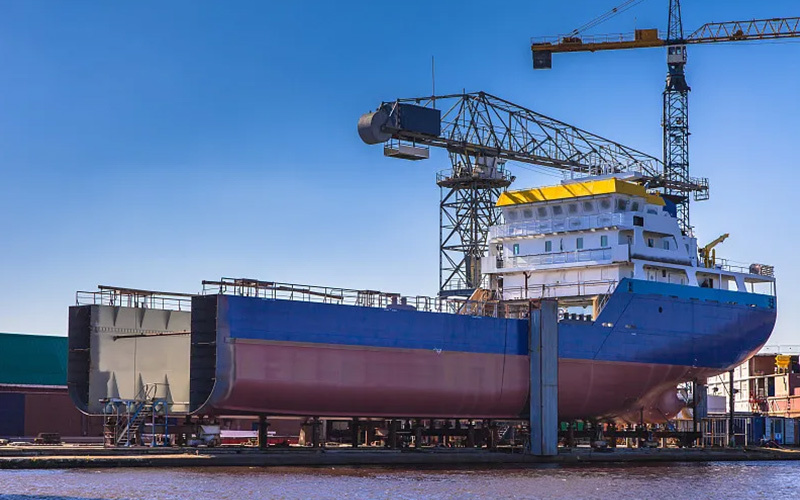
Ship
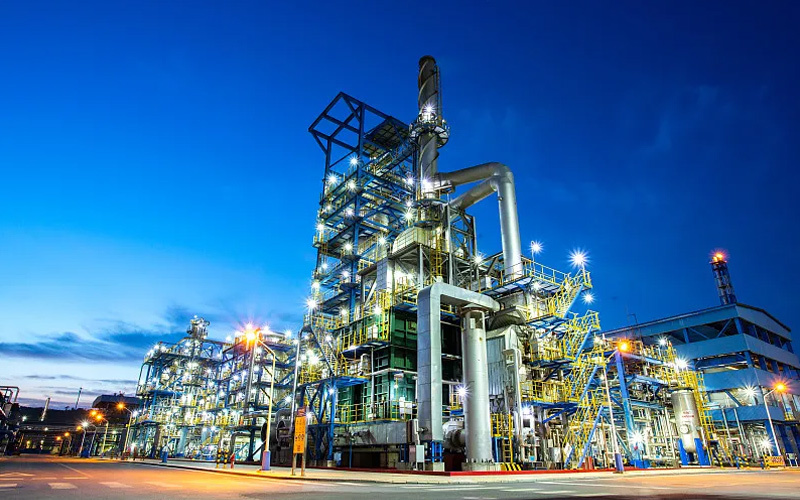
Chemical Industry
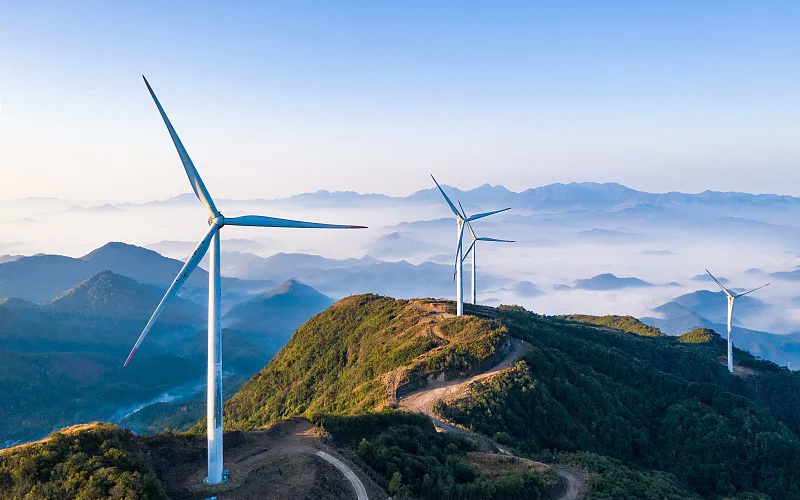
Electricity
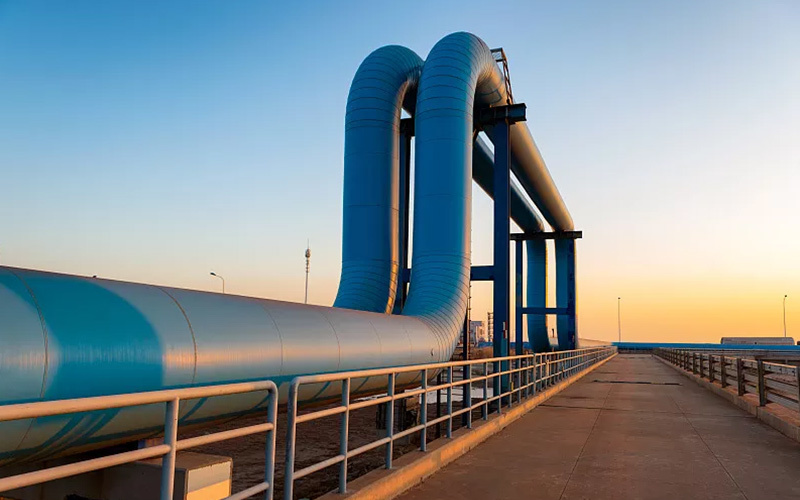
Oil and gas transportation
NEWS CENTER

In terms of heavy rail profiles, it has two world-leading large-scale universal steel rolling production lines and a waste heat quenching production line with a production capacity of 2.1 million tons. tons, it is the high-speed rail production base with the highest equipment level and largest capacity in the world
Steel pipe material
Steel pipes can also be divided into seamless steel pipes and welded steel pipes according to the production process. Seamless steel pipes are divided into hot-rolled and cold-rolled (drawn). Welded steel pipes are divided into straight seam welded steel pipes and spiral seam welded steel pipes.
Steel rod size standards
The size standards of steel rods cover steel rods of different shapes and sizes, including round steel, square steel, flat steel, hexagonal steel, octagonal steel, etc. These standards mainly involve cross-sectional shape, size, weight and allowable deviations, length and allowable deviations, and appearance.
05-13
2024
The difference between steel coils and steel strips
The difference between steel coils and steel strips mainly lies in their size and use. Steel coils usually refer to larger width coils, while steel strips refer to narrower coils and are used in specific processing areas.
05-13
2024
Can steel plates and stainless steel be welded?
Steel plates and stainless steel can be welded. Before welding, it is necessary to use an angular grinding wheel to grind off the galvanized layer at the place to be welded.
05-13
2024
The role of angle steel
Angle steel is a versatile structural steel that is widely used in various fields.
05-13
2024
Overlap length of steel bars
The specification requirements for the length of the steel bar binding overlap shall not be less than 300mm. The minimum overlap length shall meet the specification requirements. According to the calculation of the overlap ratio, the vertical steel bar binding overlap position of the shear wall shall be turned up after the floor concrete of this floor is poured. Set steel joints about 1m apart. According to national standards, the overlap length of steel bars should be calculated according to the formula L=1.2d (1+λ)/α, where L is the overlap length, d is the diameter of the steel bar, λ is the length ratio of the stressed members, and α is the steel bar The ratio of tensile strength to the axial compressive strength of concrete.
